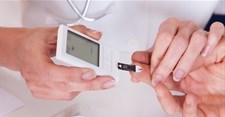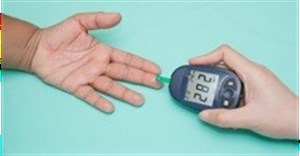
Diabetes takes a heavy economic and educational toll on young patients

With rates of diabetes growing rapidly, researchers found that young people with the disease are less likely to earn a high school diploma and that their lifetime earning potential will be significantly curtailed as a result of the disease. High school students with the chronic illness were found to be six percentage points less likely than their healthy peers to complete high school, and they can also conservatively expect to lose over US$160,000 in earnings over a lifetime. A young adult with diabetes is also 10 percentage points less likely than others to find employment, the study found.
"Our results highlight two relatively understudied aspects of diabetes - its educational consequences, and the fact that they accumulate as early as adolescence and young adulthood," said Jason M. Fletcher, associate professor at the Yale School of Public Health and the study's lead author.
Diabetes has reached epidemic proportions in the United States, spurred largely by obesity and diet. Some 23 million Americans have the disease - about 8% of the population - and the number is continuing to grow. The researchers used data that tracked 15000 young people over a period of 14 years, from the time they were in high school through to their early 30s.
The study's results underscore the serious and not widely studied non-medical consequences of the disease and the need for measures such as in-school screening that could better inform policy decisions aimed at curbing both the educational and economic costs of the disease.
"Our findings suggest that researchers, clinicians, and policy makers may need to consider the early, non-medical consequences of diabetes in constructing new policies and clinical practice," said co-author Michael Richards, M.D., who is a doctoral student in the Yale School of Public Health.
The research also found that young diabetes patients face another education hurdle if they have a parent suffering from the same disease. These young people were up to six percentage points less likely than their peers to attend college.










